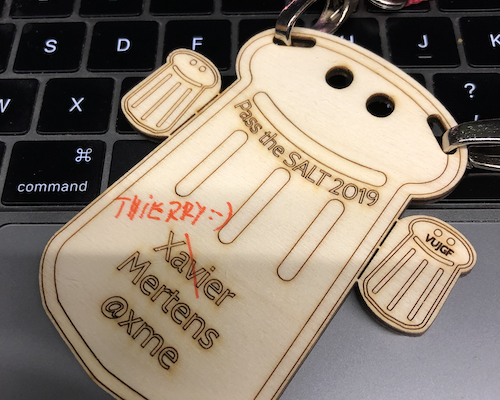I published the following diary on isc.sans.edu: “Private IP Addresses in Malware Samples?“: I’m looking for some samples on VT that contains URLs with private or non-routable IP addresses (RFC1918). I found one recently and it made me curious. Why would a malware try to connect to a non-routable IP


